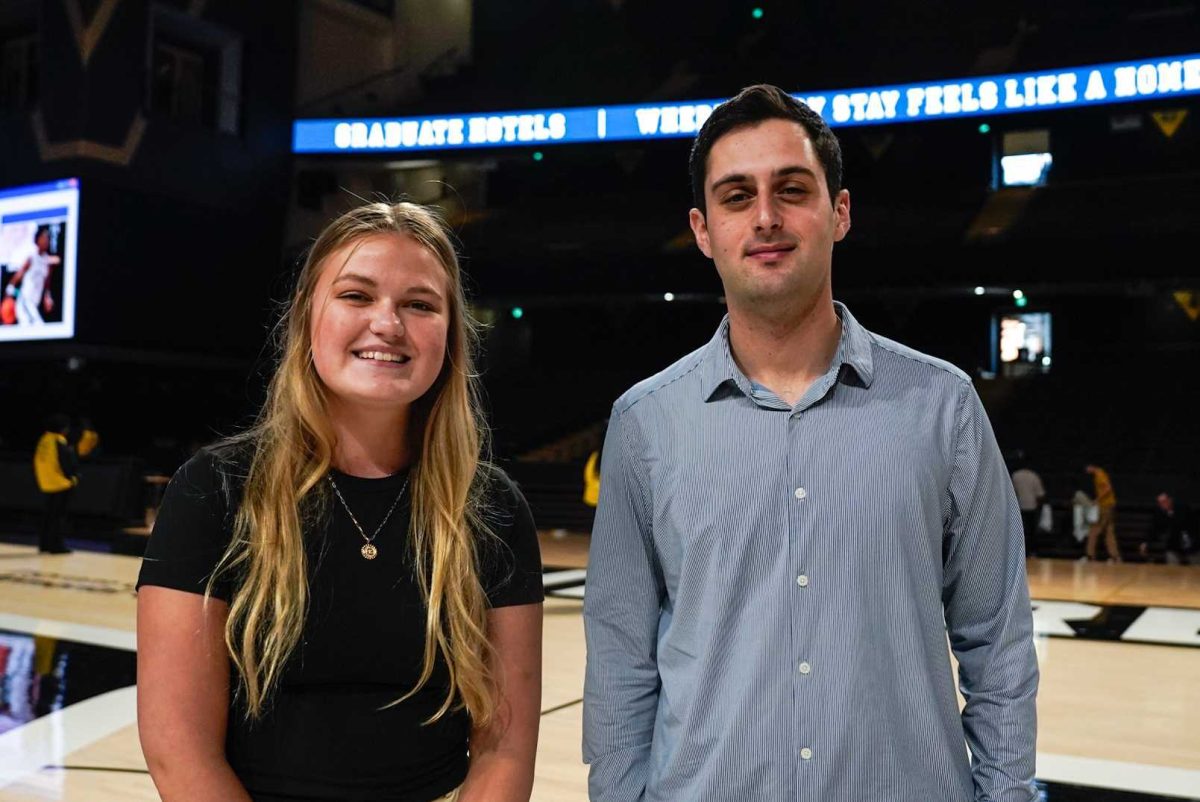Each year, the applicant pool reviewed by the Vanderbilt Admissions Committee becomes greater in size and caliber, yet must be dwindled down to a mere 1,600 admitted students. Dean of Admissions Doug Christiansen highlighted that the prospective students of the Class of 2023 followed this trend in being both the largest and most qualified pool the board has seen.
The committee reviewed 37,295 applications for the fall of 2019, an 8.7 percent increase in applications from last year. Total applications were only 19,353 in 2009, reflecting an almost a 92 percent increase in the last decade.
In years past, it was typical for each student’s application to be reviewed at least twice, but as a result of the higher number of qualified applicants the reviewing process has become more stringent, according to Christiansen. Many applications had to be looked over a number of times before the committee could make a decision.
“I’ve noticed in the last decade or so that each year we have more and more applications that need extra evaluation because the line to the student’s admission is so razor-thin that we need another set of eyes,” Christiansen said.
The Regular Decision admissions rate was publicized in late March as 6.3 percent, but Christiansen emphasizes that this number does not tell the complete picture. The statistic will likely climb to just under 9 percent after May 1, after admitted students who choose to not attend Vanderbilt are replaced with those on the waitlist. This is a drop from a 9.6 percent acceptance rate in fall of 2018.
An estimated 8 percent of the total Class of 2023 will be filled by students currently on the waitlist.
The Early Decision admissions rate is more consistent as it is binding, and it was reported this year as 19.8 percent. Christiansen, however, largely opposes the implication that this means it is easier to be admitted as an ED applicant.
“The reality is that the admissions rate is a function of the number of admitted students to total applications, and there are far fewer ED applications which makes the statistic larger. In the last 10 years the difference in RD and ED students has shrunk significantly,” Christiansen said.
Admissions statistics illustrate how Vanderbilt’s efforts to broaden its horizons globally and recruit applicants from different backgrounds have come to fruition. Since 2009, there has been a 76.6 percent increase in the number of high schools represented in the applicant pool. Internationally, the number is even more staggering, with a 419 percent increase in representation of high schools outside of the United States.
“In the future, we expect the depth of our applicant pool from where students come from around our country and around the world to continue to increase, and the cultural makeup and diversity of our students to be on the rise as well,” Christiansen said.
While also noting the increased competition within the Regular Decision pool, fourth-year Hannah Malamud has seen Vanderbilt’s growth over the past four years as more people discover how the university could be a great fit for them both in and out of the classroom.
“Vanderbilt has so much to offer. This statistic doesn’t only reflect the caliber of the incoming class but also how successful the university’s changes have been in becoming more attractive to prospective students,” Malamud said.
Christiansen emphasizes that the admitted highly qualified applicants are likely considering other schools that would all likely provide them with a great education. He hopes that families put less of an emphasis on the admissions rate itself, and instead focus on finding colleges that would be a good fit for prospective students.
“We are continuing to work on how we take away the stresses of the college application process for high school students by deemphasizing statistics like our average SAT scores and GPAs,” Christiansen said. “When we’re doing our admissions process, we’re not doing to fill the classroom, we’re doing it to build a community.”









